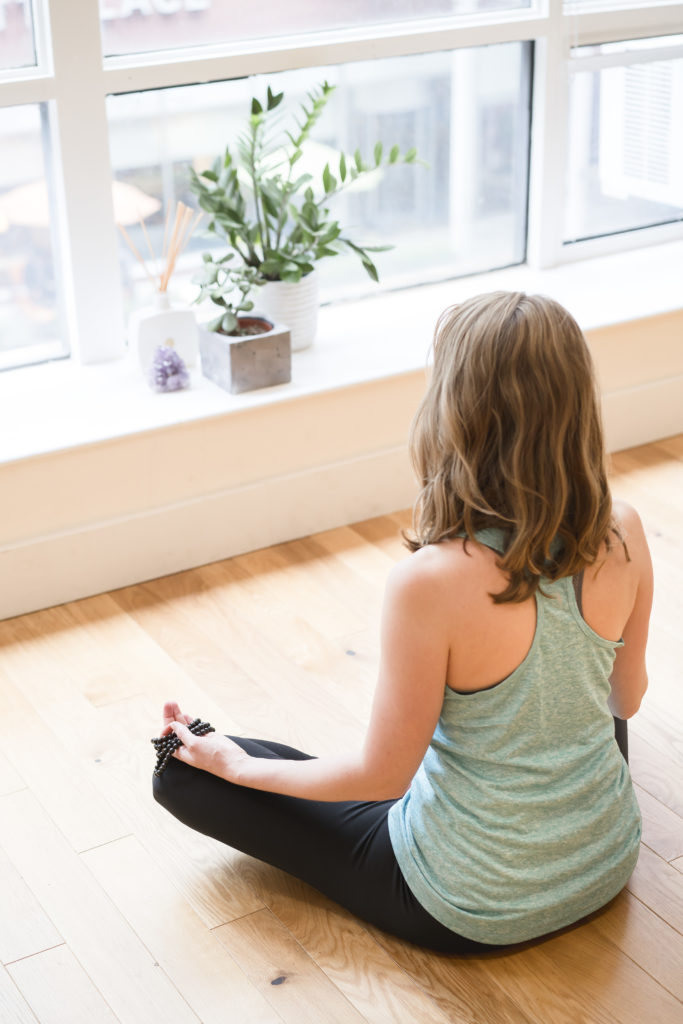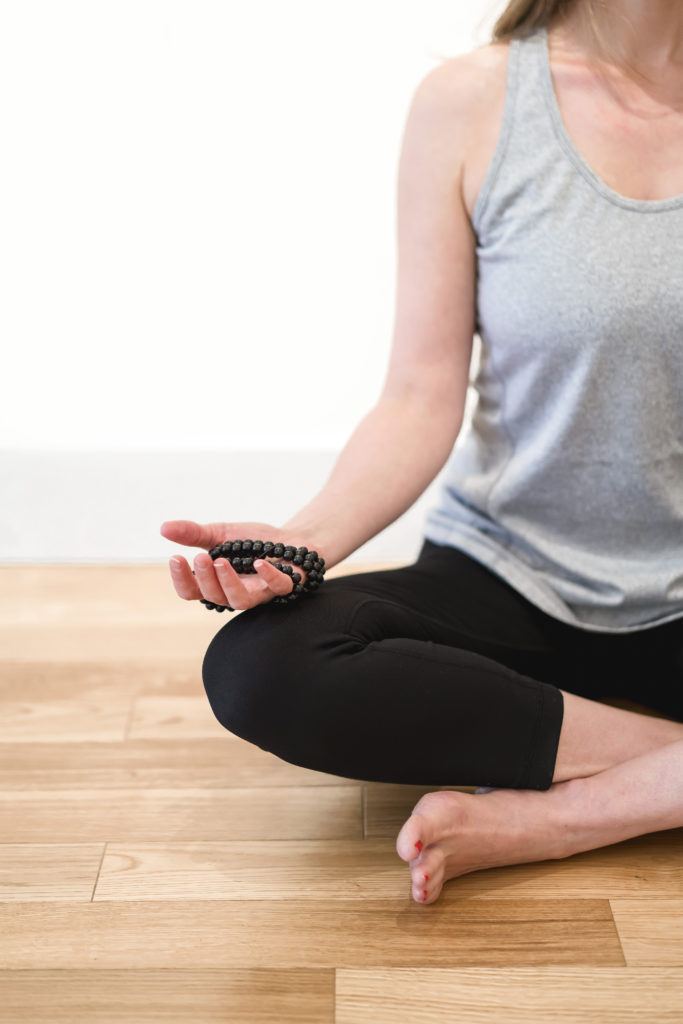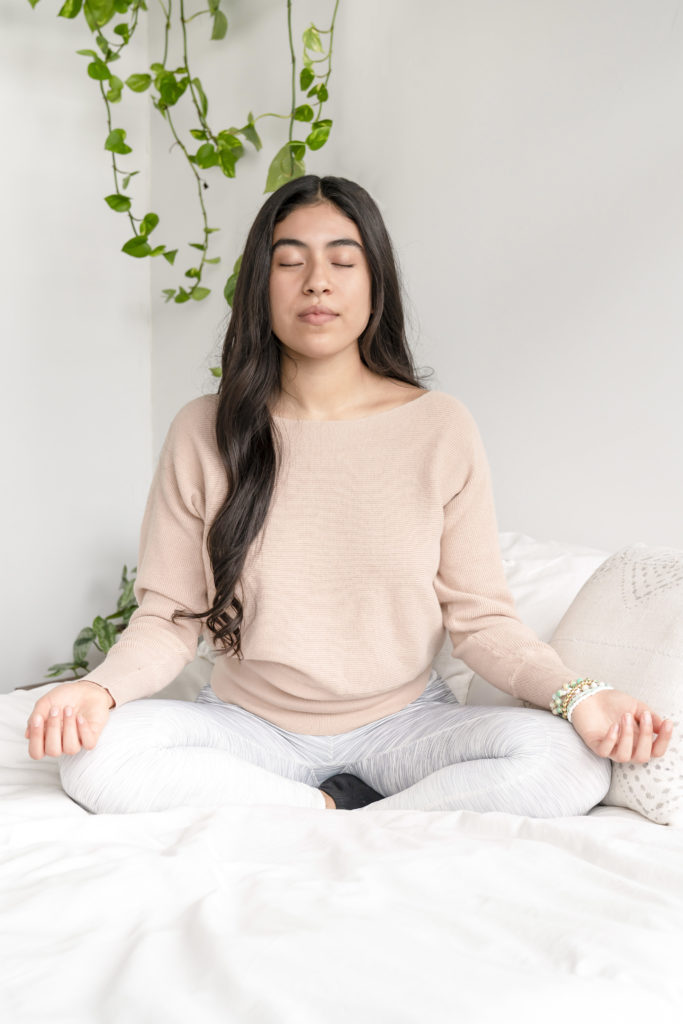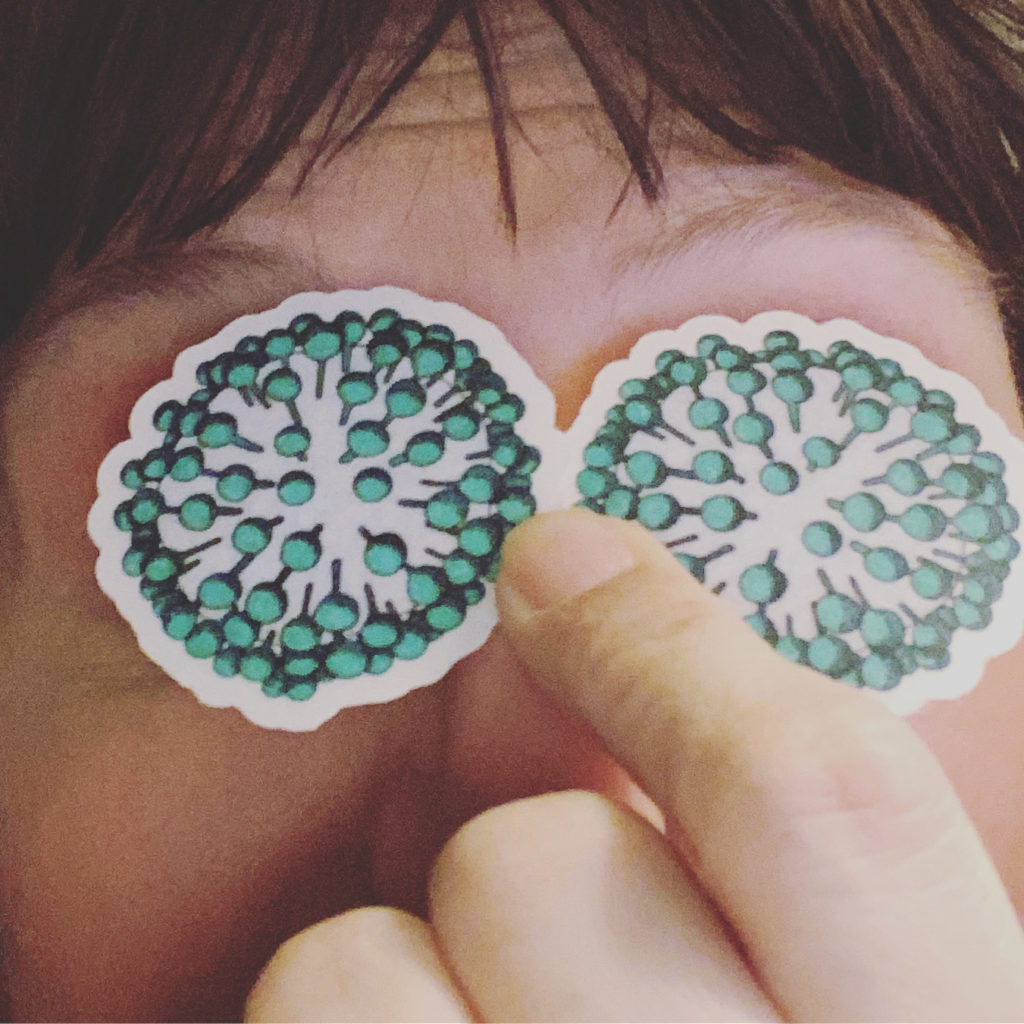
As you’ve probably noticed, the situation with COVID-19, our novel coronavirus, is very fluid. That’s unsettling in and of itself. People generally like stable situations, not constant flux. People generally don’t like change. Some people (like me) don’t like not having control. All of these can leave you feeling a bit lost and adrift, especially in the sea of misinformation that is the internet. (That’s before we even think about turning on a news broadcast!)
Plus it’s not a “fun” flux. We’re not getting happy news or pleasant surprises. Waiting for more shoes to drop is enough to make anyone anxious. On top of that we are supposed to practice social distancing, which largely means “stay home.” For those of us who get our social needs met at work and other activities, this can lead to loneliness or depression on top of anxiety. Even for dyed-in-the-wool introverts.
Please note that I am not a licensed counselor, psychologist, psychiatrist, or any other flavor of qualified mental health practitioner. PLEASE seek professional help immediately if you are in crisis!
Resources for Crisis and Immediate Need
- If you are having thoughts of suicide or self-harm please call 1-800-273-8255 immediately or go to the website for the National Suicide Prevention Lifeline.
- If you are struggling with substance abuse, please reach out to 1-800-662-HELP (4357), or go to the website for the Substance Abuse and Mental Health Services Administration.
- National Mental Health Association Helpline,1-800-969-6642
- National Alliance on Mental Illness
Feelings of scarcity around money and food can be eating disorder triggers. Some resources:
- The National Eating Disorders Association (helpline: (800-931-2237)
- Anorexia Nervosa and Associated Disorders (ANAD) (eating disorders hotline: 1-630-577-1130)
- Eating Disorder Hope
- Crisis Text Line
- Bulimia.com has online resources and lists of hotlines
These are definitely not the only resources available–a quick Google search may help you locate something more appropriate. (I welcome comments below with the equivalent services in your country or location.)

Stressed, Depressed, Anxious?
Many Americans are feeling stressed, depressed, or anxious due to the current situation with COVID-19. I’m writing this to provide a collection of potential resources to those feeling stressed or anxious. General mental hygiene advice is good, but it is easy to dismiss as out-of-touch with the current reality. Here are some people and organizations to keep an eye on during this time, following by a list of articles you might find helpful.
VirusAnxiety.com is the very first resource I found that attempts to address mental health and well-being specifically related to COVID-19. Because it is easy to remember, I’ve been splattering it everywhere. I find the simple layout of the site soothing.
Grokker (the fitness app/streaming service) has put together a free course on COVID-19 Coronavirus Prpeparedness. It is a sane guide to fact-based knowledge, no hype at all. One of the videos is dedicated to reducing stress and anxiety. It’s free, and you don’t need a grokker account to watch.
Xen Strength. Founder Danielle Diamond is offering a free guided meditation with full-body relaxation. You can access it online here.
Marie Forleo is a force of nature, and a woman I admire greatly. How many people do you know who have been Reebok dance professional and go on to run a business empire?? Her collection of resources is called “Coronavirus Support Guide: How to Stay Strong & Navigate This Time Together.” It has a curated collection for several topics, including stress and anxiety, “feel good” stuff, how to work from home, how to educate and entertain your kids, and how to serve your community. The comments section is also worth a read. Something for everyone.
Brendan Burchard is also a force of nature (and I’m pretty sure I’ve seen him on video talking to Marie!). He recently did a live stream focused on leadership and keeping focus while the COVID-19 situation develops. These are specifically geared towards people who are coaches, or in leadership positions, but I think anyone would find them valuable. “Coronavirus Response: Fear, Focus and Forecasting.” This is more of a tough-love approach.
Ramit Sethi the author and speaker, is hosting “Fireside Chats” every night at 8:30 pm eastern in IG live https://www.instagram.com/ramit He has a list of topics posted on his Instagram, with more to come.
The Centers for Disease Control and Prevention (CDC) have some resources. They are largely aimed at specific populations. I found them a bit dry, but I didn’t click through to the children’s activities.
“ 5 Ways to Manage Your Anxiety During the Coronavirus Outbreak.” https://www.shape.com/syndication/coronavirus-anxiety? Valuable advice includes limiting your media diet and realizing that it is actually okay to be worried. (Everyone is worried a little bit, even if they are not anxious!). A quick read.
“How to Cope with Anxiety—Now, in 60 Minutes, and Long Term.”https://greatist.com/health/how-to-cope-with-anxiety This is more of a how to do it article, with a list of suggestions, but also instructions on how to execute them. It doesn’t just advise you to “breathe deeply” but instead offers a specific step-by-step. There are linked resources for apps, articles, and citations (backing claims with sources).
Anxiety and Depression Association of America has a website with a specific page dedicated to COVID-19. There are links to a bunch of different essays, news articles where members are quoted, and links to resources on PTSD. A number of resources specifically address talking to teens and children.
American Psychological Association has a podcast episode specific to COVID-19. The guest is “Baruch Fischhoff, PhD, is a professor at Carnegie Mellon University and an expert on public perception of risk and human judgment and decision-making. He explains why we worry about new risks more than familiar ones, how to calm our anxiety and what are the psychological effects of being quarantined.”
AHA Voices for Healthy Kids. https://voicesforhealthykids.org/internal/coronavirus-covid-19-resources-you-can-use They describe this collection as a “list of coronavirus resources from our partners and grantees on the frontlines of helping families in underrepresented communities:”
“49 things to do if you’re staying at home due to Coronavirus.”https://medium.com/@neilpasricha/49-things-to-do-if-youre-staying-home-due-to-coronavirus-19b9e47a3cfe This list includes both adult thinks (like reading a long but worthwhile book) and kid-friendly ones, like making a pillow fort. There are links to online resources (the most popular TED talks of 2019, anyone?). Many of these ideas are about establishing new habits, which seems like a good idea when your entire daily routine has been shot to hell.
“21 Productive Things to Do Today” https://www.urbandaddy.com/articles/43291/21-productive-things-to-do-today The subtitle promises that each one is “social distancing approved.” Some of these are humorous, but all are things you can actually do. Some are short (donate to your favorite charity) others are longer-term projects like learning a foreign language. This is a short, quick read.
“COVID-19: Tips for Working Remotely And Combating Stress.”https://www.lizandmollie.com/blog/2020/3/12/covid-19-tips-for-working-remotely-and-combating-stress Yes, in 2020 it is much more common for people to “telecommute” than it was back when I was growing up in the 1980s. That doesn’t mean all of us know how to do it. Personally, I thought it would be much easier than it has turned out to be. This article has 7 suggestions to help those of us who are new to this way of working. (Heck, I don’t even have an office! I’m working from the sofa and dining table!)
“11 Tips for Staying Calm During the Time of the Coronavirus.” https://gretchenrubin.com/2020/03/10-tips-for-staying-calm-during-coronavirus Gretchen Rubin’s article goes well with a mug of warm tea or a mocha, in my mind. Some of the tips are standard fare (connect with friends and family, reach out to others to help you feel less isolated) but are, of course, sincere. My favorite tip is to tidy up, because even though it makes no actual sense, that has always made me less anxious. (Also since I just moved in November, and have a few projects going on, my house is in a shambles and needs it!)
“9 Ways to Make Working From Home More Joyful”https://www.aestheticsofjoy.com/2020/03/9-ways-to-make-working-from-home-more-joyful/ Whether you love working from home or resent being pushed out of your office, here are a few ways to make your working day better. Getting some sunshine has really helped me out.
“4 Tips for Not Touching Your Face, Since It’s So Hard To Stop.”https://www.shape.com/syndication/how-to-stop-touching-your-face? Why do we touch our own faces? I don’t know, but I know I do it too. It’s one of those things they tell you NOT to do as a kid, again again when you’re a tween or teen and your face breaks out. But it sems like we do it all the time without even noticing!


